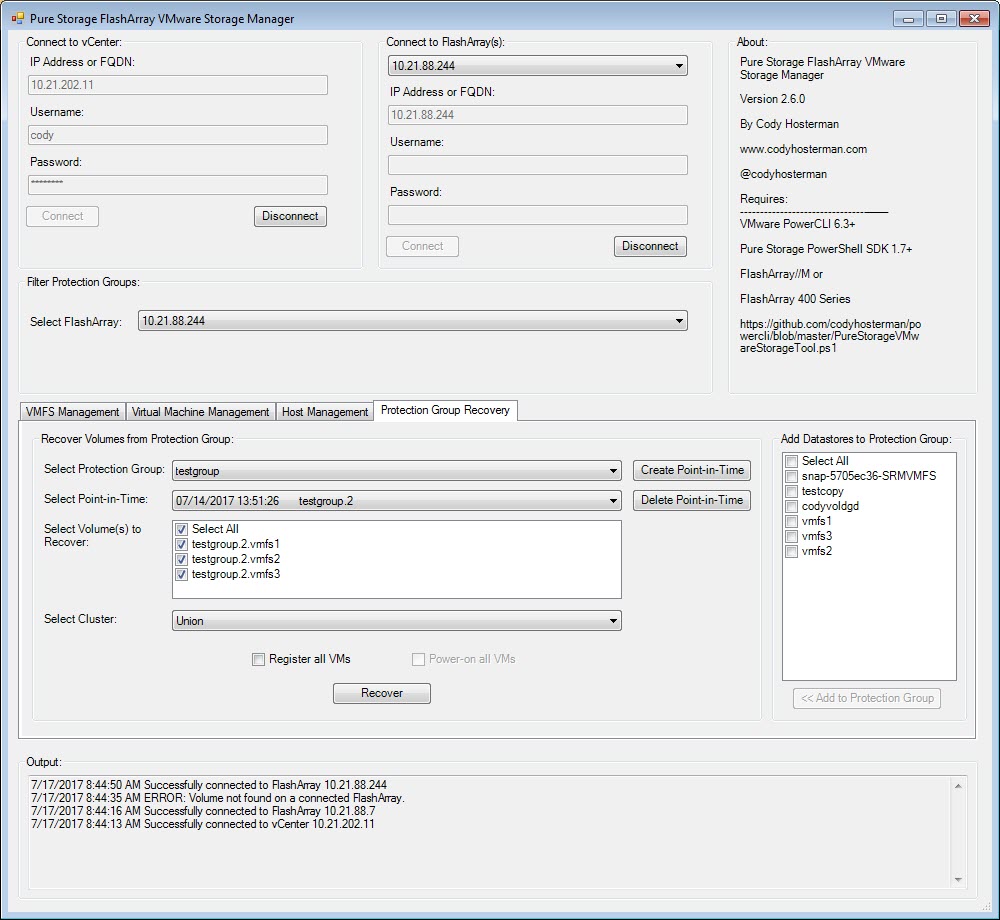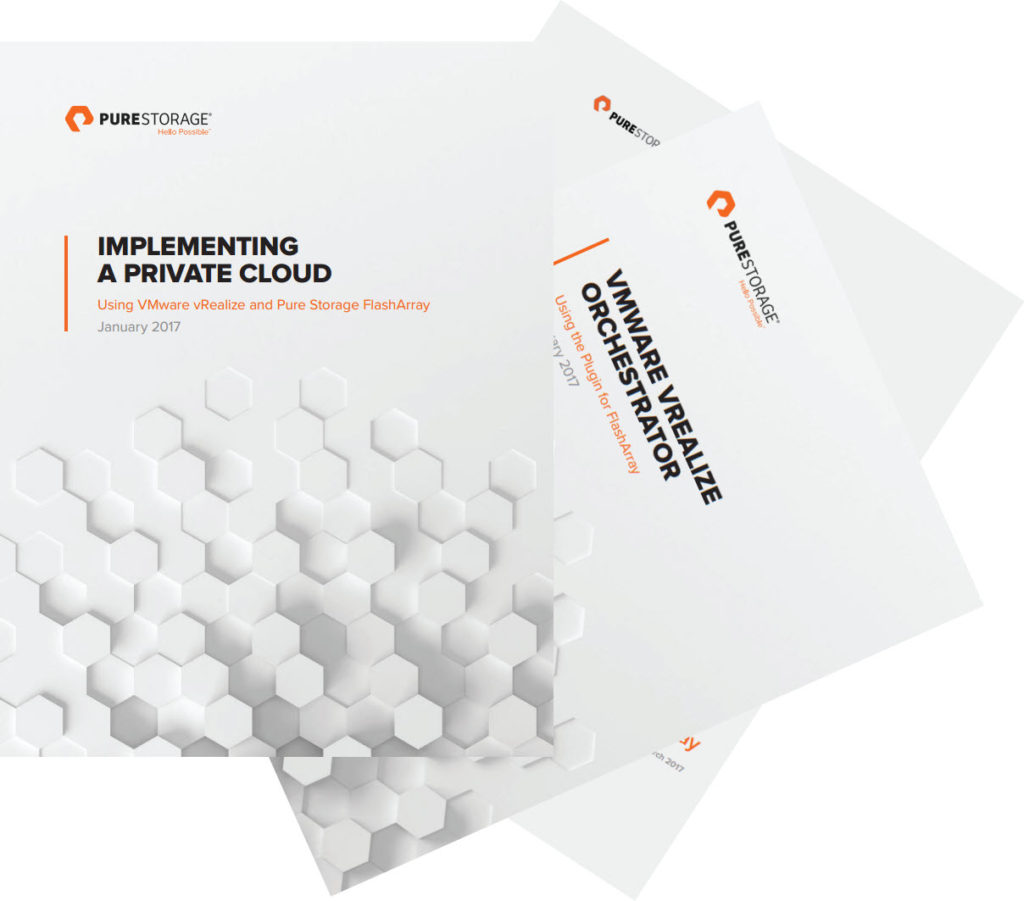Sorry the title is a bit of a mouthful.
I have written some posts on iSCSI in the past, around setup:
Setting up iSCSI with VMware ESXi and the FlashArray
Configuring iSCSI CHAP in VMware with the FlashArray
Another look at ESXi iSCSI Multipathing (or a Lack Thereof)
These have been on various parts, but primarily the setup around standard vSwitches, which generally, in at least in larger environments, is not the norm. Distributed vSwitches are. I have seen a few posts on doing this with the old C# client, but not the vSphere Web Client. Reference those posts here:
So with the amount of questions I have received on it, it is probably worth putting pen to paper on it. Nothing profound here, basically a walkthrough.
This is of course assuming you are doing port binding. If you are not, then just the standard software iSCSI setup (as described in the above 1st post) is needed.





